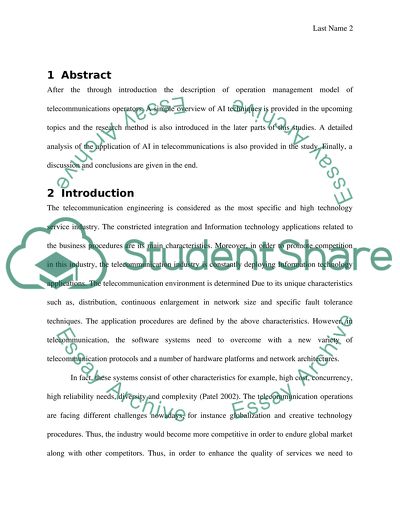Cite this document
(“Artificial Intelligence and Expert Systems Dissertation”, n.d.)
Artificial Intelligence and Expert Systems Dissertation. Retrieved from https://studentshare.org/information-technology/1403417-artificial-intelligence-and-expert-systems
Artificial Intelligence and Expert Systems Dissertation. Retrieved from https://studentshare.org/information-technology/1403417-artificial-intelligence-and-expert-systems
(Artificial Intelligence and Expert Systems Dissertation)
Artificial Intelligence and Expert Systems Dissertation. https://studentshare.org/information-technology/1403417-artificial-intelligence-and-expert-systems.
Artificial Intelligence and Expert Systems Dissertation. https://studentshare.org/information-technology/1403417-artificial-intelligence-and-expert-systems.
“Artificial Intelligence and Expert Systems Dissertation”, n.d. https://studentshare.org/information-technology/1403417-artificial-intelligence-and-expert-systems.


